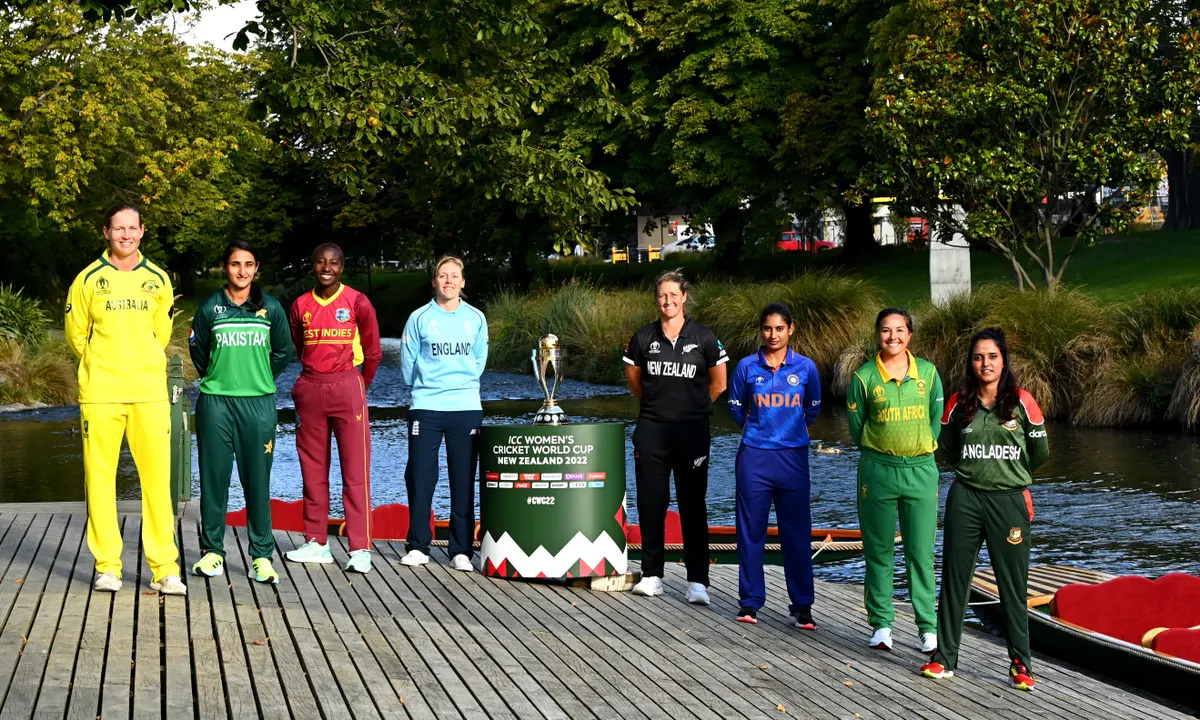The inaugural edition of the Women’s Cricket World Cup was held at a variety of venues across England in June and July 1973, two years before the first Men’s Cricket World Cup was played.
The 12th edition of the ICC Women’s Cricket World Cup will be played from March 4 to April 3, 2022 among eight top-ranked Women’s Cricket teams– Australia, Bangladesh, England, India, New Zealand, Pakistan, South Africa and West Indies. The tournament will be held in six different venues of New Zealand, namely Auckland, Christchurch, Dunedin, Hamilton, Tauranga and Wellington.
Women’s Cricket World Cup, 1973

The first Women’s Cricket World Cup, hosted in England had four national teams- Australia, New Zealand, Jamaica and Trinidad and Tobago and two other teams were formed named Young England and International XI. It was held in a single-round-robin league format and the team with the most points was declared the winner. The last scheduled match was between England and Australia that virtually became a final. Australia had won four matches and had one abandoned, while England had also won four matches, but they had lost to New Zealand.
In the final, that was played in Edgbaston, England posted 279/3 in its 60 overs riding on the brilliant century of Enid Bakewell. In reply, Australia could only make 187/9 in their allotted overs. England won the cup by 92 runs.
Women’s Cricket World Cup, 1978
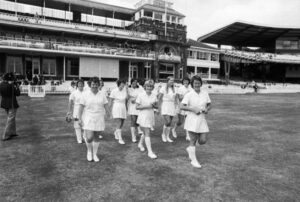
The second Women’s Cricket World Cup was hosted by India, after the proposal to held the Cup in South Africa host the World Cup was abandoned due to the Sports Boycott of the nation citing its Apartheid rule. Five teams were originally invited but The Netherlands and the West Indies were forced to withdraw due to financial issues. Thus, the participating nations were reduced to three- Australia, England and New Zealand with India joining as the fourth one for being the host nation. It was the debut for India in the World Cup.
This edition was also played in a round-robin format with Australia going undefeated to claim its first title. Australia’s captain, Margaret Jennings led the tournament in runs, while the other Australia, Sharyn Hill led the tournament in wickets.
The Indian team led by Diana Edulji finished fourth losing all the three matches.
Women’s Cricket World Cup, 1982
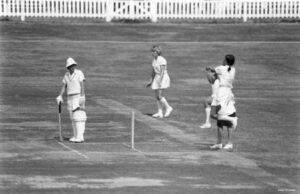
The third edition of the Women’s Cricket World Cup took place after four years of the previous World Cup and New Zealand played the host of the tournament. It featured a triple round-robin and a a total of 30 league games were played. It was at the time the longest World Cup both in duration and the number of matches played.
This time a total of five teams participated which included Australia, New Zealand, England and India and an international XI side. The international side was formed due to the non-participation of the Netherlands and West Indies.
The top two teams in the points table at the end of the league stage played each other in the final. Australia did not lose a single match, winning its second consecutive tournament by defeating England by three wickets at the now-demolished Lancaster Park.
The World Cup was marked by its low scoring, with only one team recording more than 250 runs in an innings and for featuring two tied matches. The first tie was between England and New Zealand, and the second between England and Australia. England’s Jan Brittin led the tournament in runs, while Australian spinner Lyn Fullston led the tournament in wickets.
New Zealand Women’s Cricket Council, with all efforts, brought in the first title sponsor for the Women’s World Cup. The edition was officially known as the Hansells Vita Fresh World Cup.
Women’s Cricket World Cup, 1988
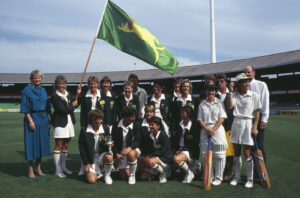
The 1988 Shell Bicentennial Women’s World Cup was hosted by Australia, their first time ever. The tournament was organised by the International Women’s Cricket Council (IWCC). Australia, England and New Zealand played the tournament while the Netherlands and Ireland joining them for the first time.
Australia won the tournament for a third consecutive time, defeating England by eight wickets. New Zealand defeated Ireland in the third-place playoff. The player of the series was English all-rounder Carole Hodges who received a Waterford Crystal Trophy donated by an Irish firm.
Women’s Cricket World Cup, 1993
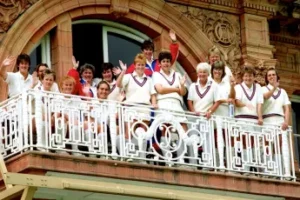
It was for the first time that the Women’s Cricket World Cup had eight teams representing different nations played in England. It faced financial difficulties as sponsors were hard to come by and and was close to being cancelled until a huge sum was donated by the Foundation for Sport and the Arts.
A record eight teams participated, with India joining Australia, New Zealand England and the Netherlands, while Denmark and West Indies made their World Cup debuts in this tournament. England won the tournament for a second time, defeating New Zealand by 67 runs in the final.
England’s Jan Brittin led the tournament in runs, while her captain Karen Smithies and New Zealand’s Julie Harris led the tournament in wickets.
Women’s Cricket World Cup, 1997
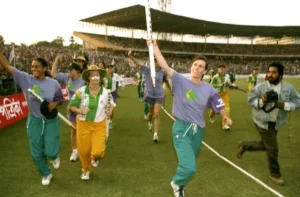
This was a mega event of the Women’s Cricket World Cup with 11 teams participating for the first time ever. The tournament, titled as Hero Honda Women’s World Cup, was held across 25 venues in India with the final at the Eden Gardens in Kolkata. The final between Australia and New Zealand took place in front of an estimated 50-60,000 spectators.
Australia scored the highest team score in a World Cup, 412/3 while they played against Denmark and achieved the largest winning margin in a World Cup, 363 runs. Australia also bowled out Pakistan for 27 in 82 balls, the shortest completed innings in a Women’s One Day International.
Australia’s Belinda Clarket scored the first ever double century in a One-day International match, across all genders. Her 229* still remains the highest individual score in a World Cup.
Women’s Cricket World Cup, 2000
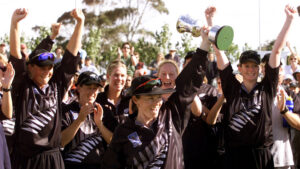
New Zealand hosted the World Cup for the second time and this time emerged a non-Aussie, non-English winner.In the final New Zealand defended 184 to win against Australia by only four runs, even as the Aussie captain Belinda Clark scored 91.
The World Cup was reduced to eight-team once again and after a Round-Robin format, the top four teams qualified for the Semi-Finals which also included India and for the first time ever, South Africa.
The tournament was sponsored by Cricinfo, a cricket website, which allowed the tournament to receive ball-by-ball text commentary coverage, as well as streamed audio and video, a first for women’s cricket.
Women’s Cricket World Cup, 2005
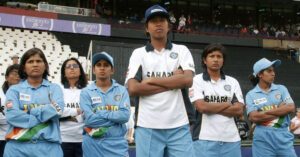
India made it to their first final in the Women’s Cricket World Cup, but unfortunately losing to Australia by a huge margin of 98 runs. Australia won its fifth World title. India’s Neetu David was the leading wicket taker while Karen Rolton of Australia was named the Player of the Tournament after scoring 107*. in the final.
It was hosted by South Africa, the first time that Women’s Cricket World Cup was organised by an African nation. It was also the last time that it was held under the banner of the International Women’s Cricket Council (IWCC) before it was merged with the International Cricket Council (ICC).
Women’s Cricket World Cup, 2009
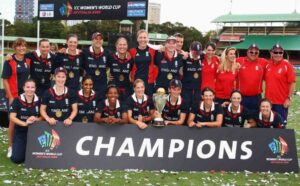
The tournament was hosted in Australia for the second time with a total of eight teams participating. The teams were this time divided into two groups of four each with six teams qualifying for the Super Six stage. England and New Zealand made it to the final where England defeated New Zealand by four wickets to win the world title for the third time. England batter Claire Taylor was the leading run-scorer and Player of the Tournament.
Women’s Cricket World Cup, 2013

The tenth edition of the Women’s Cricket World Cup was held for the third time in India, but exited at the group stage. Australia won the tournament for the record sixth time, beating West Indies by a huge margin of 114 runs.
Women’s Cricket World Cup, 2017
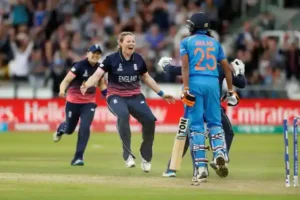
India had a splendid run in the tournament, beating defending champions Australia in the semi finals riding on Harmanpreet Kaur‘s the “still talked about” majestic hundred.They were the favourites to win the final but could not overcome England while chasing 229 for victory.
India at one stage were 191/3, however, Anya Shrubsole picked up five wickets in a span of just four overs, stopping India finish at 219, nine runs away from the final victory.
The ICC declared a total prize money pool of US$2 million for the tournament, a tenfold increase from the 2013 World Cup. The prize money was allocated according to the performance of the team.
Women’s Cricket World Cup, 2022
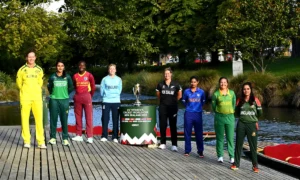 This edition of the tournament was originally scheduled for 6 February to 7 March 2021 but was postponed by one year due to the pandemic.
This edition of the tournament was originally scheduled for 6 February to 7 March 2021 but was postponed by one year due to the pandemic.

